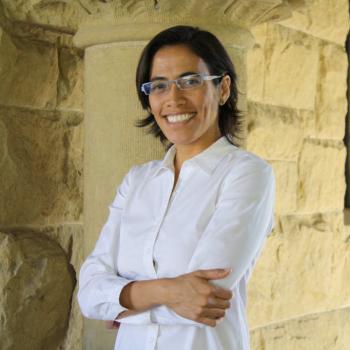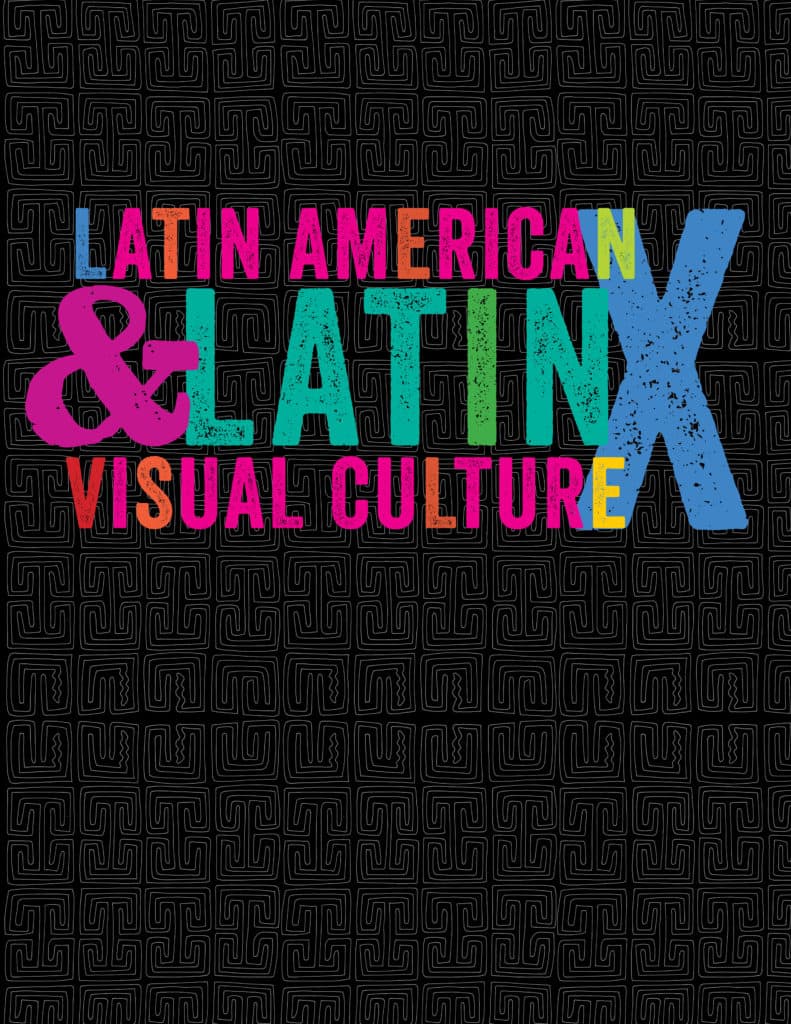
As we begin National Hispanic Heritage Month, we invited Latin American and Latinx Visual Culture contributor Gigi Otálvaro-Hormillosa to talk about her ALAA award-winning article “Metamorphic and Sensuous Brown Bodies: Queer Latina/x Visual and Performance Cultures in San Francisco Strip Clubs, 1960s–1970s.”
Gigi Otálvaro-Hormillosa is a San Francisco–based performance artist, writer, and psychogeographer with a doctorate in theater and performance studies from Stanford University. Her research engages cultural memory, the politics of space, and the intersection of race, gender, and sexuality.
Can you tell us about your research interests and areas of expertise?
My performance and scholarly practice explores various dimensions of intersectionality in the realms of queer of color critique, women of color feminisms, and Latinx feminist and queer studies. I am also interested in the ways in which the politics of space impact inquiries into visual and performance cultures; as such, I have employed psychogeography as one of my primary research methods. In an earlier project, I examined the visual politics of the disappeared in the aftermath of Argentina’s Dirty War (1976-1983), with a focus on the collaborations between artists and human rights activists, such as the creation and reclamation of sites of memory (for example, public art interventions and memorials, as well as former sites of torture and detention). In my current research about art, activism, and performance in San Francisco’s strip club industry since the 1960s, I have utilized an intersectional lens in the concept, design, and execution of the project.
Another research area in which I am currently teaching (and in which I hope to publish) is the intersection of creative practice and contemplative practice (more specifically, performance and mindfulness). I recently designed a performance class—which is on hold until social distancing measures are relaxed—that combines methods from Augusto Boal’s pedagogy of Theater of the Oppressed, and laughter yoga. The latter is an example of a modality that integrates performance and mindfulness, and approximates theater improv, using laughter exercises and yogic breathing. Though not directly related to my interests in intersectionality with regard to issues of gender and sexuality, this current pedagogical undertaking speaks to my continued investment in art-activism and Latin American performance cultures.
What drew you to contribute your scholarly research to the field by publishing in LALVC?

LALVC was a perfect fit for this article. I was trained in Visual and Critical Studies and Performance Studies; thus, two of the primary methods I used to carry out the broader research project titled Erotic Resistance: Performance, Art, and Activism in San Francisco Strip Clubs (1960s-2010s) from which the LALVC article is culled, were visual analysis and performance analysis (others included performance ethnography and historiography—from which I derived my neologism, queer herstoriography). The ethos of LALVC resonates with my own as a Latinx-Asian American queer scholar who has also been deeply invested in and inspired by both U.S. Latinx and Latin American visual and performance cultures. It inspires me to know that the journal is published in three different languages and that my article will also reach Spanish and Portuguese speaking readers. I hope that my intended meanings do not get significantly lost in translation, given how theoretical discourses of performance studies and visual culture vary according to geographic and linguistic contexts.
How do you anticipate your work will influence the scholarship in your field?
It is my hope that with the support of venues like LALVC, more scholars and artists find opportunities to challenge dominant systems of thought within the fields of performance studies, Latinx studies, feminist and queer studies, as well as archival studies. The experiences and perspectives of the women I interviewed for my project—most of whom were queer strippers and/or strippers of color—offer deep and nuanced insights that can subvert and transform normative constructions of race, gender, and sexuality in the context of the strip club—and beyond—as well as the politics of space therein. In our current moment of increasing cultural amnesia as a result of the growing technocracy, I also expect my research project to shed light on the neglected histories and herstories of the San Franciscans who made this city what it previously occupied in the cultural and erotic imagination—a city in which art, erotics, and politics intersected, such as in the lives of the artist-activist-strippers I had the privilege of interviewing. Finally, it is my hope that this work contributes to the de-stigmatization of scholarship about sex work. This, in turn, might assist in the de-stigmatization of sex workers and by extension, other women and LGBT people who challenge patriarchy and white supremacy through their own unconventional strategies of resilience and creativity.